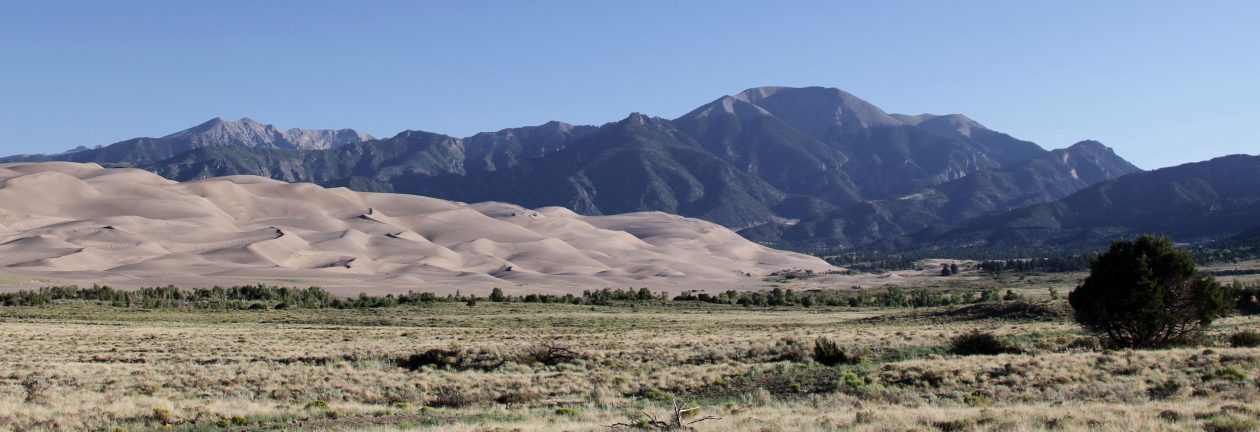Florence, Italy
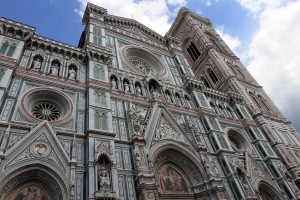
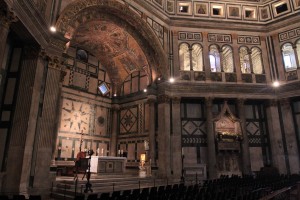
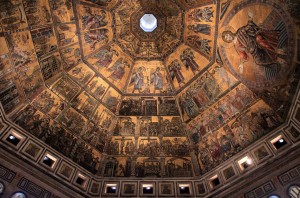
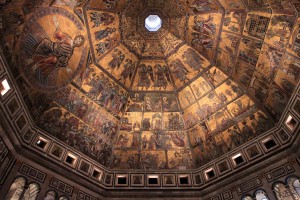
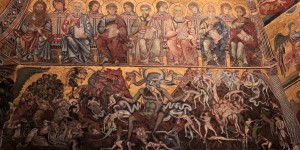
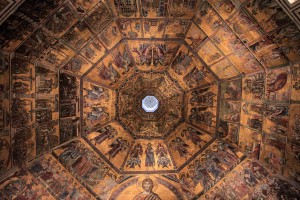
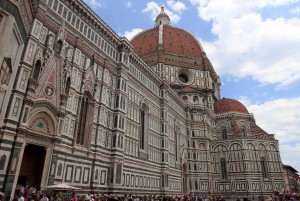
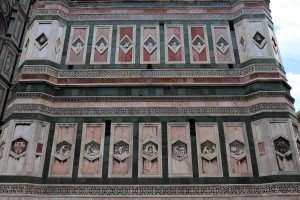
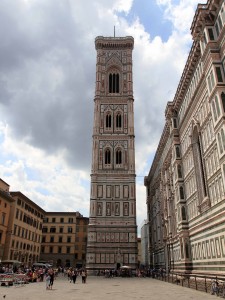

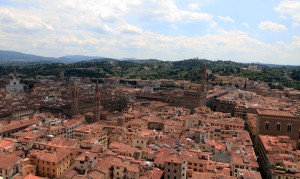
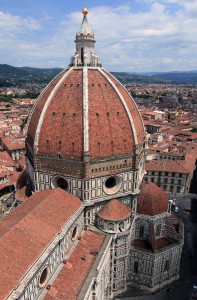
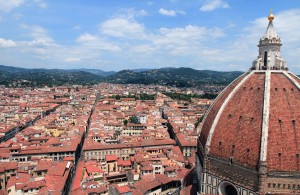
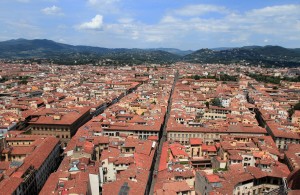

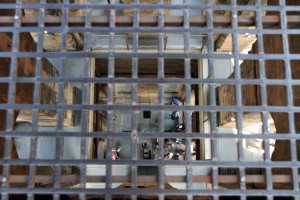
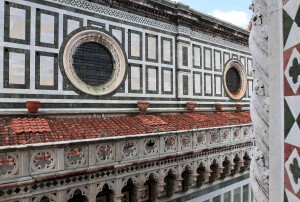
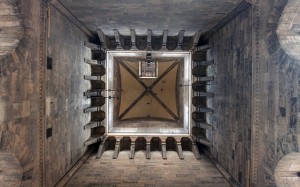
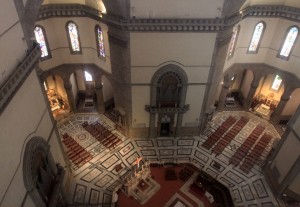
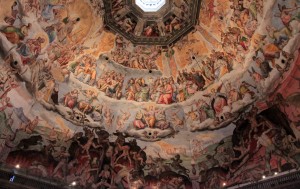
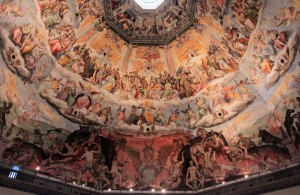
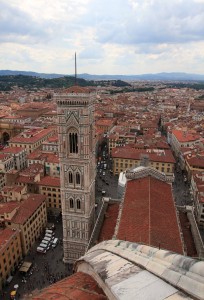
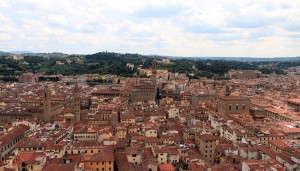
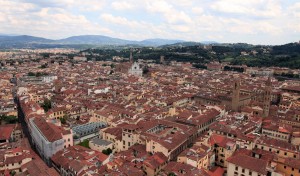

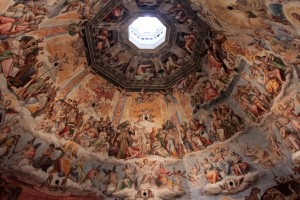
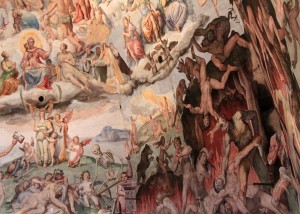

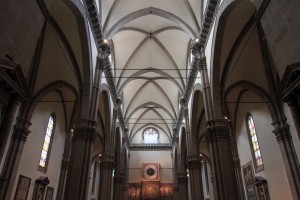
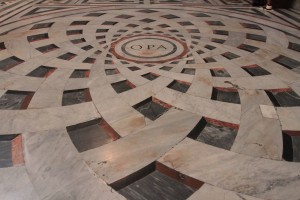
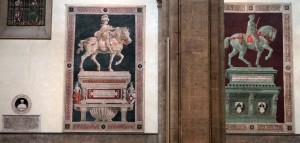
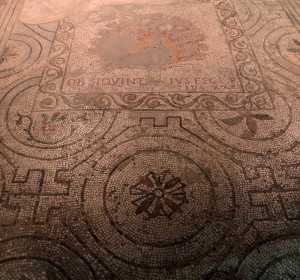
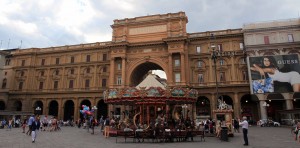
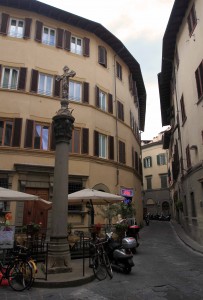
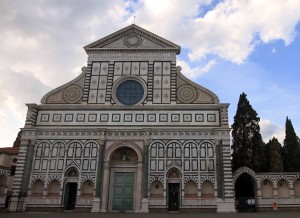
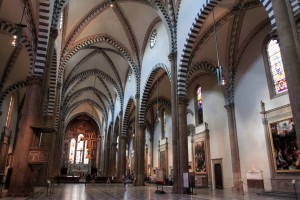

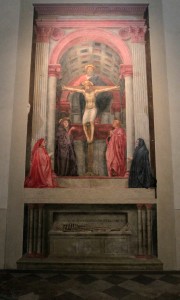
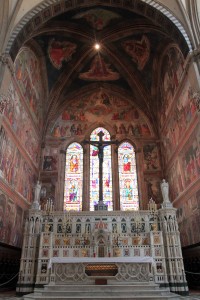


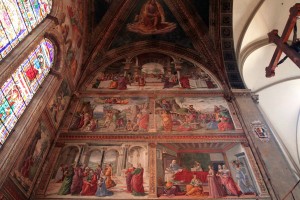
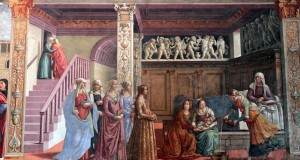
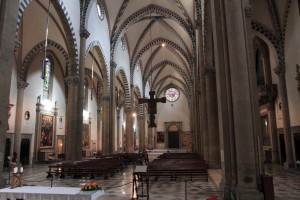
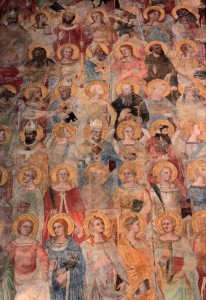
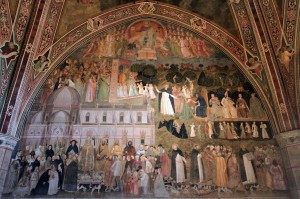
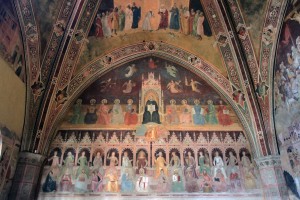
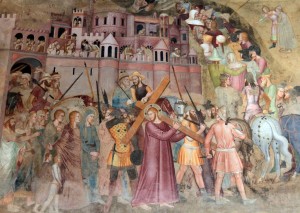

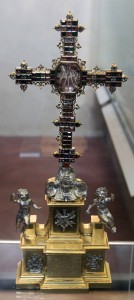
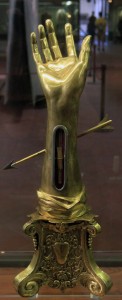
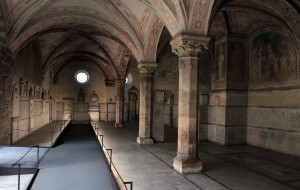
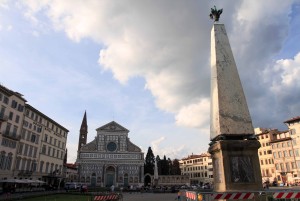
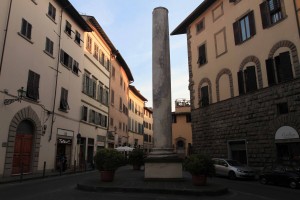
I woke up after 06:00, seated on the couch in the common room, having passed out three hours ago. I was glad to see that while asleep, all the photos I was uploading on to my website had finished without a hitch. I then finished the cup of Chianti I had poured before becoming unconscious, washed the cup (I was using a coffee cup last night on account of nothing else being available in the hostel), and then went to bed for a few more hours. I finally woke up around 11:00, showered, dressed, and got ready to see the sites. I exited the hostel and walked toward the Florence Cathedral in the Piazza del Duomo, passing by through the Piazza della Repubblica. Given how late in the day it was, past noon, I resigned myself to seeing all the cathedral had to offer, knowing that I probably would not have time to see anything else today (gladly, I was proved wrong). Upon reaching the Florence Cathedral, the Cattedrale di Santa Maria del Fiore (“Cathedral of Saint Mary of the Flower”), I made my way to the ticket office near the Baptistery and bought my ticket (good for 24 hours). Next, I immediately walked to the line outside the Baptistery and waited to enter inside. The Baptistery (also known as the “Baptistery of Saint John”) is octagonal shaped and constructed between 1059 and 1128 AD in the Florentine Romanesque style; also, the Italian poet Dante and many other notable Renaissance figures, including members of the Medici family, were baptized in this baptistery. Once able to, I entered inside and viewed the magnificent mosaic ceiling with its depiction of the Last Judgement and various other Biblical scenes. After walking through the Baptistery, I walked to the line outside of the Giotto’s Campanile (the bell tower for the Florence Cathedral); the first stone for the campanile was laid in 1334 AD and the tower was finished in 1359 AD. Upon entering inside the tower, I climbed up the 414 steps to reach the top. The steps were quite narrow in a few places and visitors had to come back down the same way they went up, which made it more difficult to climb and many times I had to wait for others to come down, but, alas, it was all worth it, because the views of Florence, the Cathedral and its gigantic dome, and the surrounding Tuscan hills were great. After spending a good deal of time at the top taking many photographs, I took my time descending, stopping at each level that afforded views of Florence. Finally, upon exiting the campanile, I walked around the rear-end of the cathedral and found the line for the cupola on top of the dome. This line was the longest wait and it took about fifty minutes before I could enter inside the Cathedral through the side entrance and begin my ascent up to the top of the dome. Luckily, most of the way up was one-way, although the sections at the base of the dome and very top were two-way and I had to wait as the oncoming traffic passed by. During the ascent, I walked around the base of the dome inside the cathedral, giving me a very close view of the fresco painted in the dome; the fresco was started in 1568 AD by Giorgio Vasari and Federico Zuccari and work lasted until 1579 AD; the fresco depicts the Last Judgement (some of the imagery is quite unnerving) and covers 3,600 square meters. I continued on up to the top of the dome and soon reached the cupola, where I had more grand views of Florence and now the campanile. After spending a great deal of time up there, I descended back down, this time going along a higher walkway around the dome, where I was close enough to the frescoes that I could touch them (if there wasn’t Plexiglas and common sense preventing me from doing so). I finally reached the ground floor of the Cathedral and entered out the opposite side door from whence I entered. I then walked around the Cathedral again and entered in through the main entrance (free admission) where there surprisingly was not a line. The Cathedral began construction during the fourteenth-century AD and was completed in 1436 AD; the splendid exterior of the Cathdral was not completed until 1887 AD. Once inside the Cathedral, I looked around at all the artwork and interior design; however, I found the inside to be rather plain and dull, with the exception of the magnificent dome fresco. After walking around the inside, I descended in to the lower level, where the ruins, old tomb coverings, sculptures, and mosaics of Santa Reparata (the ancient cathedral that was erected in the fifth-century AD) can be viewed. Once done seeing Santa Reparata, I returned to the nave and then exited the Cathdral. It was now after 17:00 and most sites were closing or were already closed. I decided, however, to check out the Basilica di San Lorenzo in the off chance that it might still be open – it was not. I then walked on to the Basilica di Santa Maria Novella and to my happy surprise, it was still open; so, I paid for my entrance ticket and began to explore the Basilica’s grounds. The Basilica is a Dominican Church that was begun in 1279 AD to replace a smaller ancient church, but not finished until sometime in the fourteenth-century AD; it was then consecrated in 1420 AD. I entered inside the nave of the church and began to look around at all the art inside, as well as the fantastic stained-glass windows behind the altars and various chapels and the Sacristy. I then walked through the Green Cloister, the Ubriachi Chapel, and the Refectory (which had a number of artifacts and reliquaries. I then returned to the Green Cloister and walked through the Cloister of the Dead (a cloister full of old tombstones and monuments to the deceased). After touring the Basilica and its grounds, I exited out to the Piazza Santa Maria Novella and took a number of photographs before walking to the Firenze Santa Maria Novella Railway Station (as the name suggests, it isn’t far from the Basilica). At the railway station, I searched for tickets on the ticket machines to Rimini (I was planning on going to the Republic of San Marino tomorrow via a bus from Rimini) and return tickets; I did not purchase any tickets for fear that I might not wake up in time and also because it looked as though there was no chance of the trains being full. After acquiring the necessary information to make my trip work for tomorrow, I walked back to Piazza Santa Maria Novella and then down to Ponte Santa Trinita Bridge, where I took some more photos of Ponte Vecchio Bridge (this bridge does offer great views of Ponte Vecchio). Then, I wandered around until I found a restaurant near Palazzo Pitti where I had dinner (beer, a gorgonzola and sausage pizza, and grilled vegetables (eggplant, zucchini, and pepperoni – that is, peppers, not the “pepperoni” us Americans are used to – that is, greasy sausage slices). After dinner, I returned to the hostel, went through my photos for the day, and went to bed around midnight, ready to wake up in about four hours to see San Marino.
